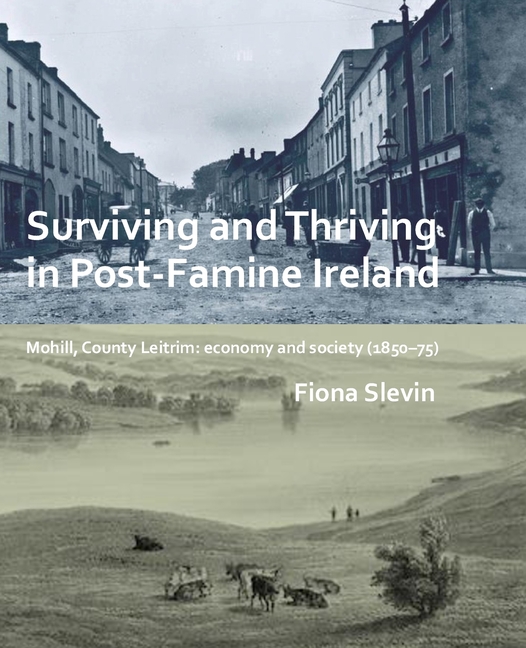Description
The Famine of the late-1840s decimated Ireland's rural population, causing high rates of death, disease, displacement and emigration. Despite this, in the following decades, Irish income and living standards improved. Mohill, County Leitrim, was one of many areas in rural Ireland where the economy grew, agricultural prices increased, a retail sector developed, and new opportunities opened for farmers and a growing commercial middle-class.
Based on Fiona Slevin's PhD thesis, this book investigates the market dynamics that underpinned local economic growth. Drawing on a wide range of primary sources, the study systematically tracks the money flows between sectors of the economy, including households, enterprise and government. In doing so, it assesses the profitability of farming, consumerism, shop credit, household income, emigrant remittances, and the role of government and finance in driving local commerce.
The study demonstrates the vitality, ambition and entrepreneurship that were present in rural Ireland in the aftermath of the Famine. Overall, the research demonstrates the importance of rural towns and their hinterlands in the economic and social development of post-Famine Ireland, and particularly highlights the significant work, agency and economic contribution of women in the period.
Based on Fiona Slevin's PhD thesis, this book investigates the market dynamics that underpinned local economic growth. Drawing on a wide range of primary sources, the study systematically tracks the money flows between sectors of the economy, including households, enterprise and government. In doing so, it assesses the profitability of farming, consumerism, shop credit, household income, emigrant remittances, and the role of government and finance in driving local commerce.
The study demonstrates the vitality, ambition and entrepreneurship that were present in rural Ireland in the aftermath of the Famine. Overall, the research demonstrates the importance of rural towns and their hinterlands in the economic and social development of post-Famine Ireland, and particularly highlights the significant work, agency and economic contribution of women in the period.
Last updated on
Product Details
- Jul 8, 2025 Pub Date:
- 9798291411018 ISBN-10:
- 9798291411018 ISBN-13:
- English Language




